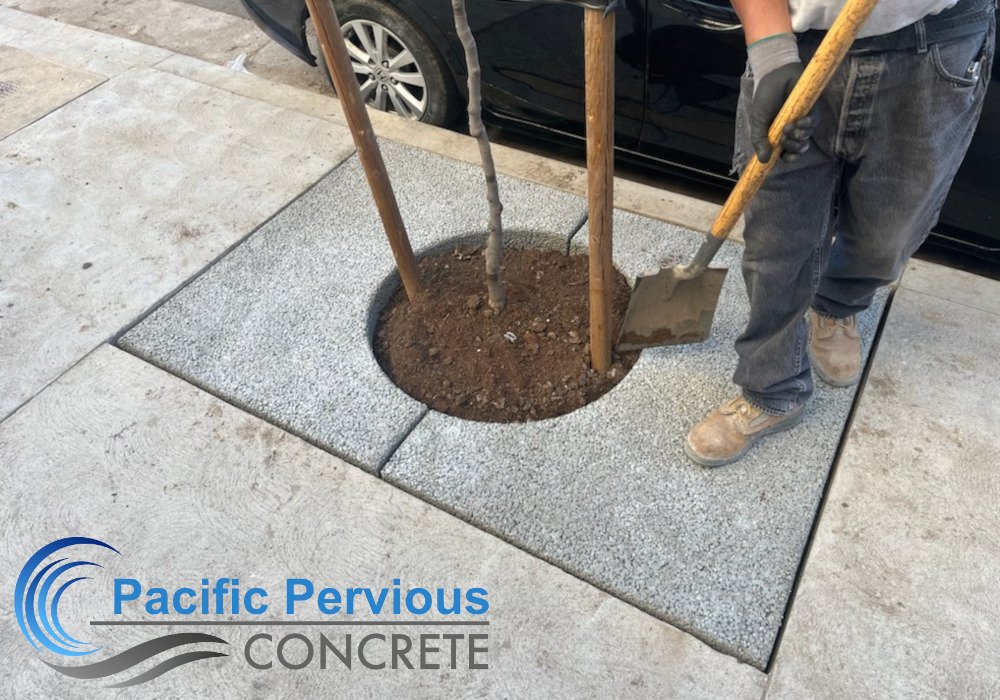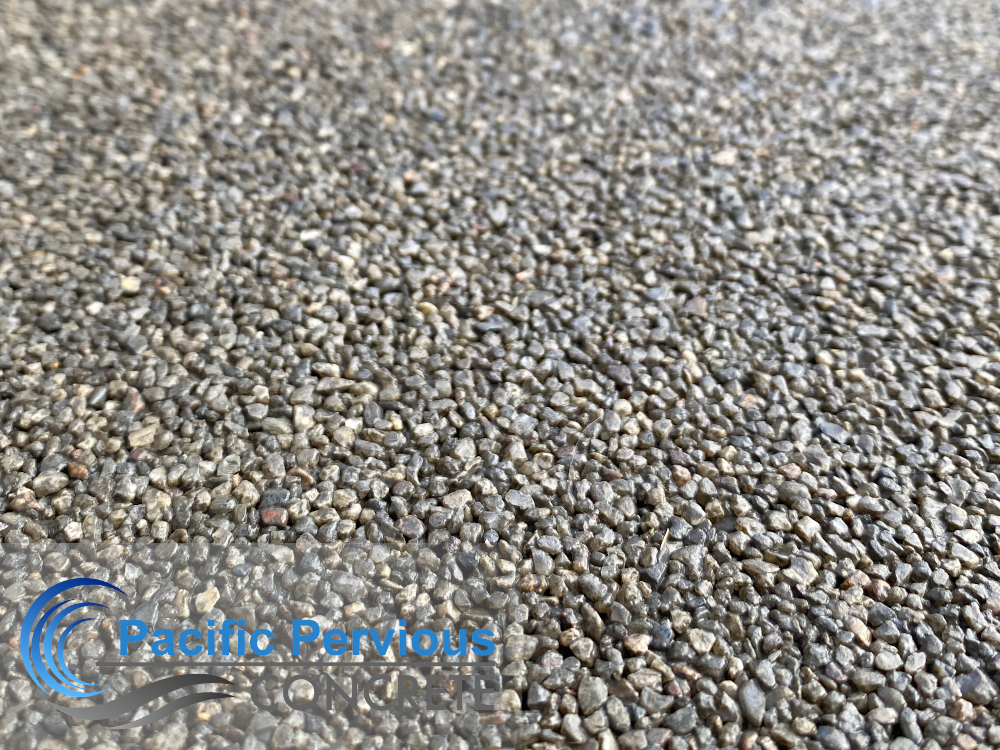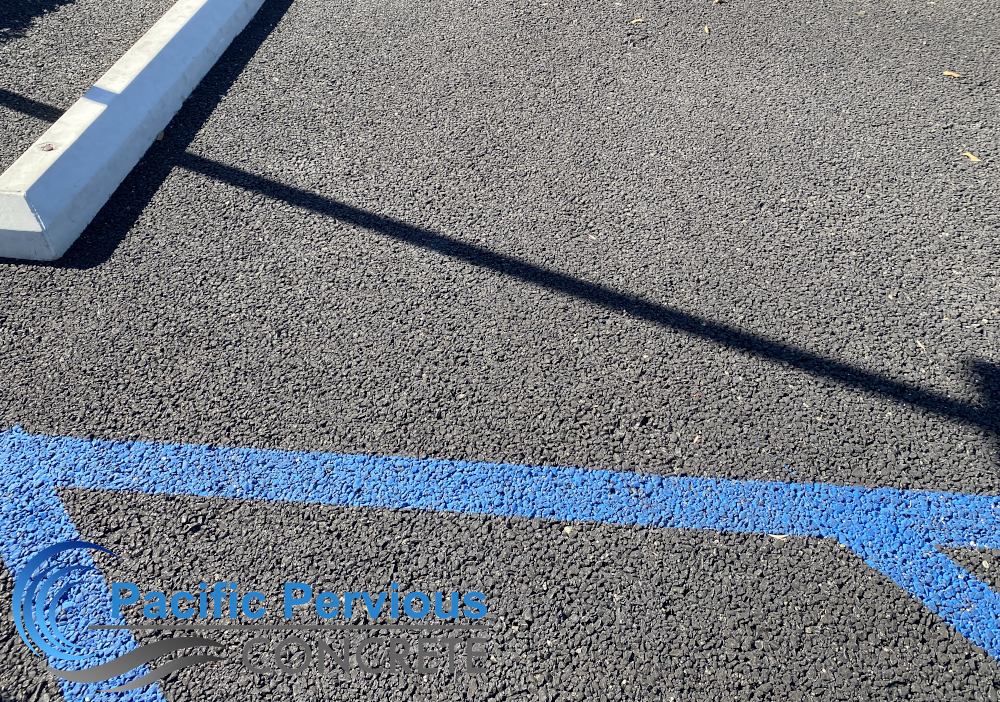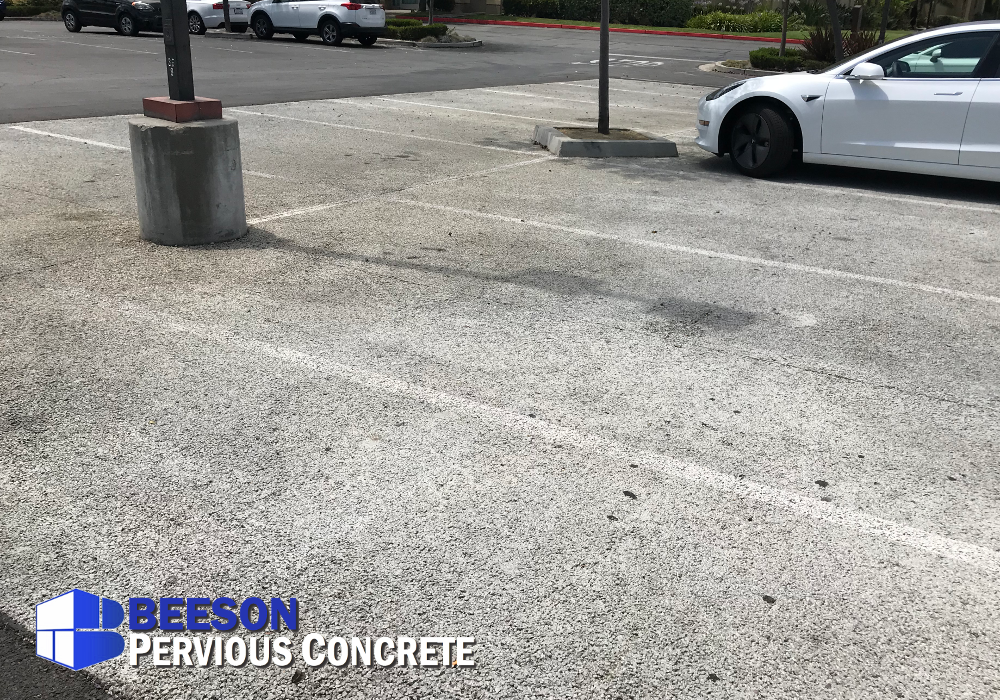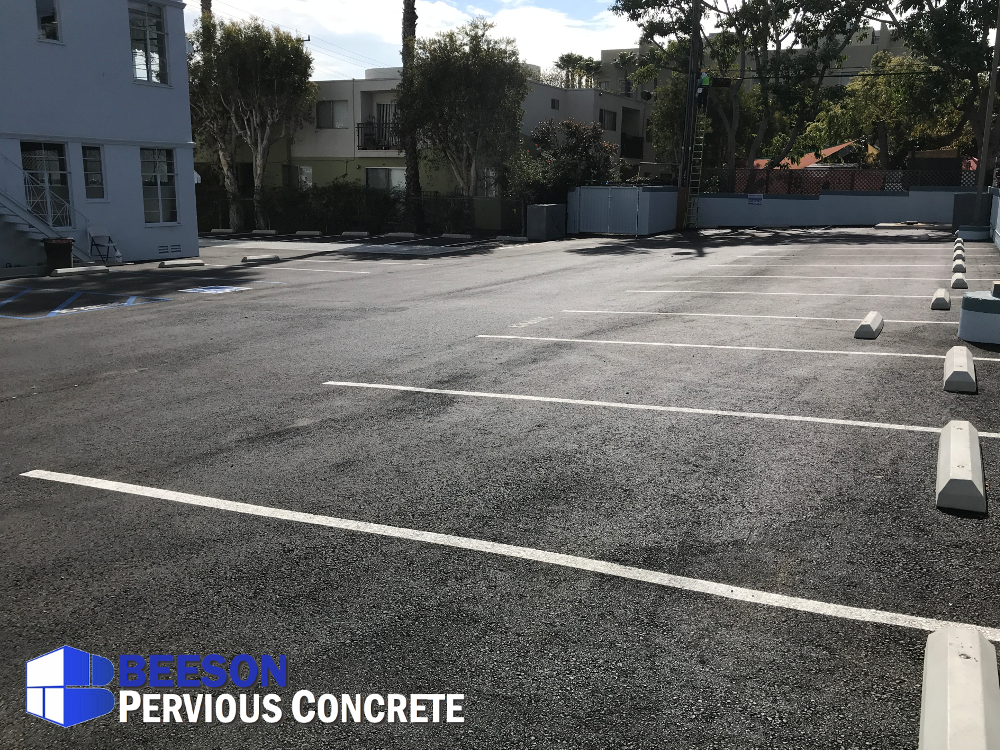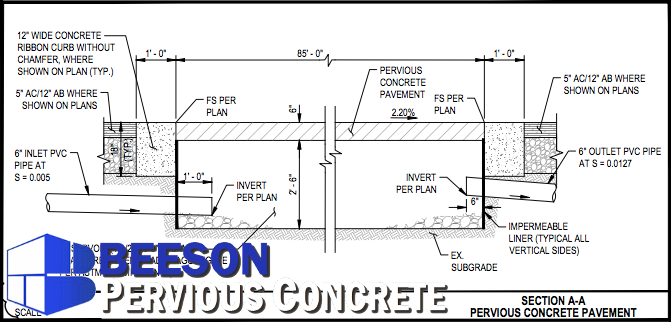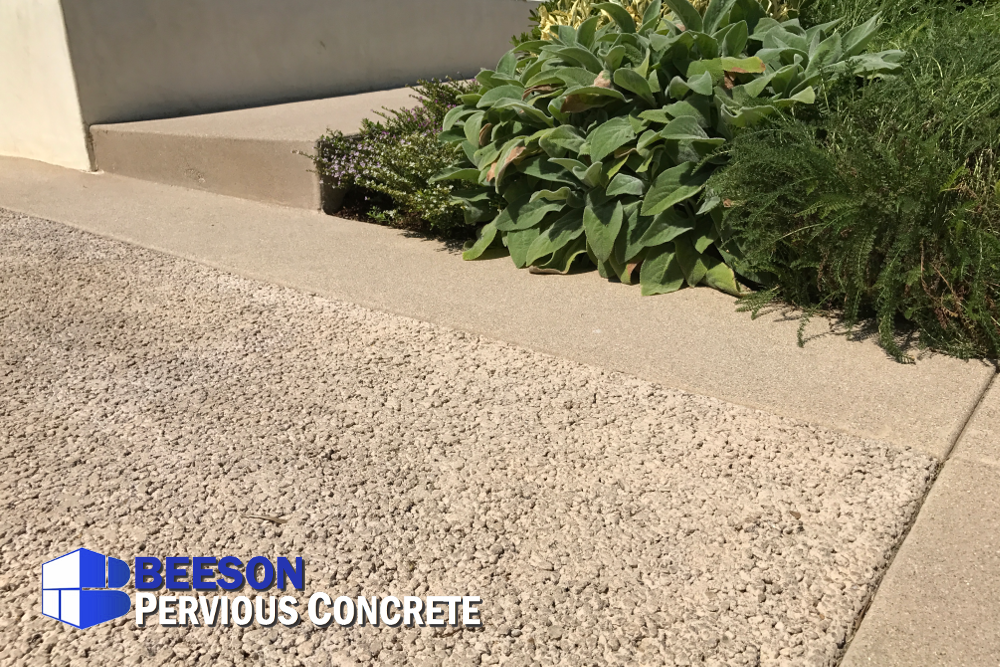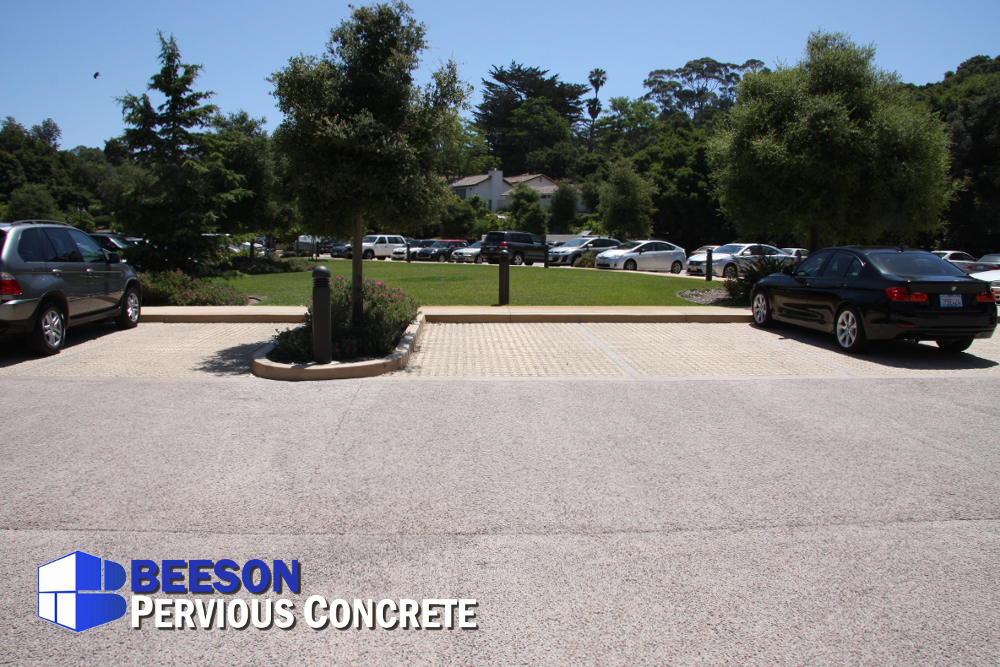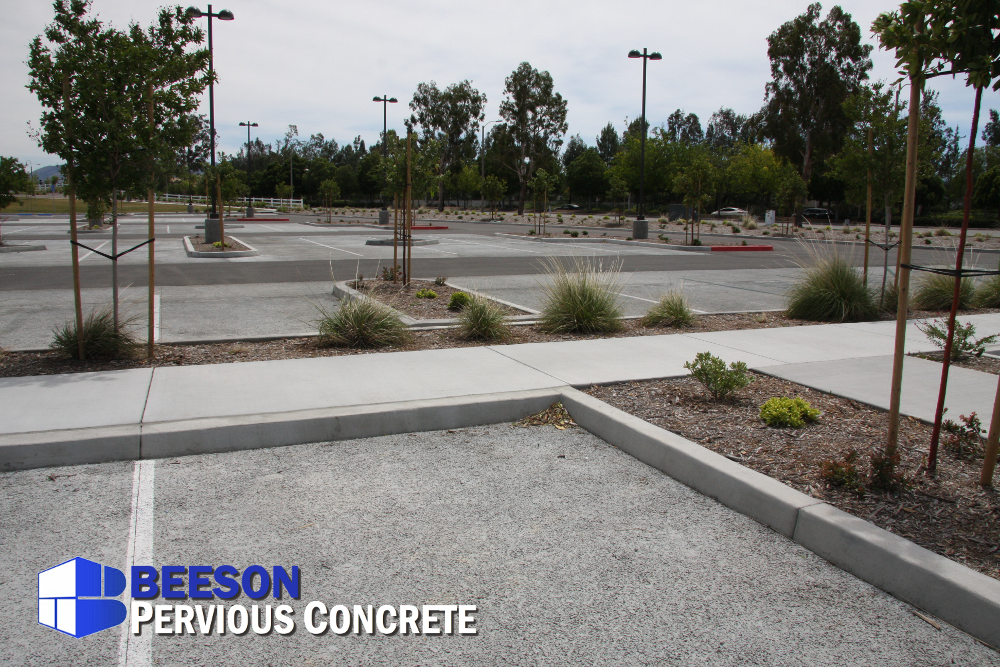We get great questions all the time from design professionals trying to better understand pervious concrete and if it is the right material for their project. One aspect that has come up time and again is the question of under drains. Do you need them? It depends - but not that often.
Under drains come into designs when either the soil has a very very low infiltration rate, or there is a sustained slope, and under drains are a part of the base prep, with check dams. We will touch on those another day. If you have that question now, please call us and we would be happy to discuss your case, specifically. The other time is when they are already there, and we are doing a Low Impact Development Retrofit.
Whether they are already there or to be incorporated into the new project, under drains can be a great tool or they can be redundant. This article discusses under drains once they have been selected for a project and the make them as useful as possible.
To back up a bit, pervious concrete is often selected for a project when infiltration of stormwater is a requirement. The point is to allow the water to absorb into the soil, and forego official channels, like storm drains. (see what I did there? :) So, if we put under drains in, like in the picture A, the perforated pipe carries the water away before it has sufficient time to absorb into the soil. It really undoes any watershed benefit by preventing water from absorbing.
In picture B, by placing the underdrain at the top of the permeable aggregate base, and orienting the perforations as high as possible, it allows the water to absorb into the subgrade. When, and if, the water accumulates in the permeable aggregate base, once it reaches the perforations, it will be carried away. That is a far better implementation, making best use of the permeable hardscape you have, and preventing any over flow, if that is a risk. Questions? Comments? Call us, we love to discuss pervious concrete design.
Thanks,
Lauren




